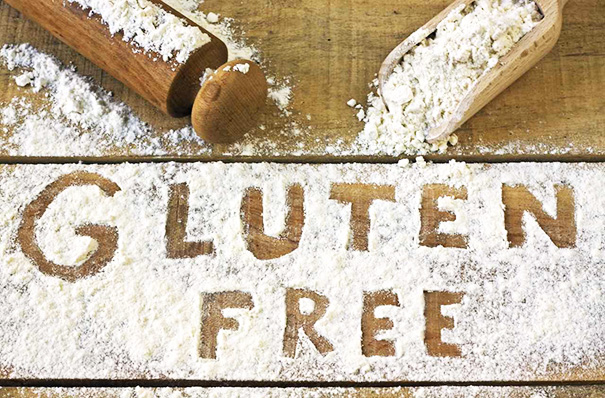Following a gluten free diet can be a bit overwhelming at times but not when you get the basics down pat. Gluten is typically found in barley, wheat, and rye with several varieties in wheat such as durum, spelt, Einkorn, and kamut among others. Those who are diagnosed with celiac disease often experience intestinal problems when they eat foods containing gluten but this can be remedied by switching to a gluten-free diet. If you want to improve your diet, here are the basics of going gluten-free.
It’s just like any healthy diet
Although you might feel overwhelmed at first when you come across a gluten-free diet, it’s really not that complicated to understand. As a matter of fact, it basically just like any healthy diet being promoted today where you simply fill up your plate with fruits, nuts, lean meat, vegetables, and seeds just to name a few. All the gluten-free foods should be added to your diet.
More gluten-free foods to consider
Since this is your first time to switch to this kind of diet, you’re most likely at a loss as to which foods are considered as gluten-free. All grains, with the exception of barley, wheat, and rye, are all gluten-free. Some examples include rice, buckwheat, wild rice, corn, and quinoa. Cane sugars, honey, sunflower seed flour, banana flour, rum, and vodka are just a few examples of foods that are free from gluten.
Avoid gluten-free products
It’s easy enough to fall back to pre-packaged products that are labeled gluten-free but bear in mind that these are often high in sugar and refined grains which add more calories to your body. This can actually make you gain weight which can be harmful to your health. Think of these as candy bars that can harm you.
Read the labels
Companies are usually required to indicate allergens on their labels but not so with gluten. This means that, even if the product contains gluten, they won’t list it. What happens now is that you play detective. Read the labels all the time so that you will be able to identify whether they have ingredients that contain gluten.
Keep gluten free baking pantry items
If you feel deprived in this diet, you can actually experiment in the kitchen by baking a few meals. Some ingredients that you can use are potato starch, instant nonfat dry milk, and cornstarch just to name a few.
Don’t forget to ask
The tricky part about going gluten-free is when you are dining out. Not all restaurants serve gluten-free foods but it would help you make a better choice by doing your homework beforehand. You can also ask the restaurant how they prepare their food and what ingredients they use so you’ll be aware of what foods to order.
These are just the basics of going gluten-free. It might be difficult to start but once you get the hang of it, you will find it enjoyable.
